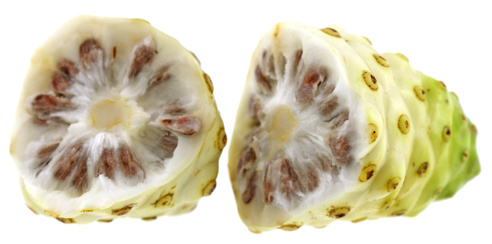Resveratrol (3,5,4′-trihydroxystilbene) is a strong antioxidant produced by plants such as black and red grapes. This compound is produced in the skin of grapes to protect the plant against fungal diseases and sun damage. In grapes, those that are black or purple in color contain the highest concentration of resveratrol. Grape skin contains about 50 to 100 micrograms of resveratrol per gram, while wine concentrations range from 1.5 to 3 milligrams per liter. Since a glass of wine is nearly 5 and 1/3 ounces, a person taking 20 mg resveratrol supplement may ingest the equivalent amount of resveratrol found in 41 glasses of red wine.
Black Grapes Benefits
Resveratrol is one of the strong antioxidant, which has been found to play a protective role against cancers of prostate and colon, coronary heart disease, degenerative nerve disease, Alzheimer’s and viral infections. Anti-inflammatory effects have been demonstrated to prevent, delay, or decrease the severity of chronic inflammatory disease in animal models.
Antioxidant
Free radicals are unstable molecules that attack normal cells and damage membranes. Cell death caused by free radicals contributes to a variety of diseases, including heart disease, some forms of cancer and nervous system disorders such as Alzheimer’s. As an antioxidant, resveratrol fights these free radicals to keep the cells and tissues normal and free from damage. Resveratrol, may offer protection against radiation exposure, according to a research by the “University of Pittsburgh School of Medicine“. When changed with acetyl, resveratrol administered before, radiation-exposure proved to protect cells from radiation in mouse models.
Heart
Resveratrol dilates blood vessels to develop blood flow and increases nitric oxide production, which is a important 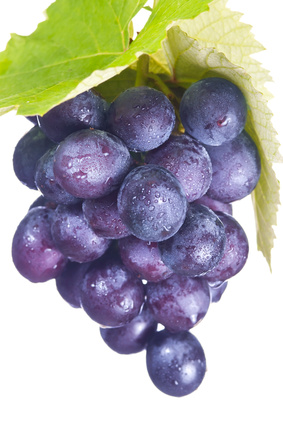 part of healthful blood flow and heart health. A study, reported in the journal “Biofactors” in September 2010, found that resveratrol triggers the release of nitric oxide, which plays an significant role in relaxation of blood vessels. A “University of Michigan Cardiovascular Center” study suggests grapes may prevent heart health risks beyond the blood pressure lowering effect that can come from a nutrition rich in vegetables and fruits.
part of healthful blood flow and heart health. A study, reported in the journal “Biofactors” in September 2010, found that resveratrol triggers the release of nitric oxide, which plays an significant role in relaxation of blood vessels. A “University of Michigan Cardiovascular Center” study suggests grapes may prevent heart health risks beyond the blood pressure lowering effect that can come from a nutrition rich in vegetables and fruits.
Resveratrol helps reduce inflammation and makes it more difficult for platelets to stick together and form the clots that can lead to a heart attack. In a January 2012 placebo-controlled study of forty patients who had suffered a heart attack, scientists at the “University of Pecs“, found that taking 10 mg of resveratrol daily for 3 months boosted endothelial function. Scientists at “Zhejiang University” investigated the influence of injections of resveratrol on the central regulation of blood pressure, heart rate, and renal sympathetic nerve activity in animals. Findings suggest that resveratrol strong inhibits blood pressure, heart rate, and renal sympathetic nerve activity.
Inflammation
That includes the inhibition of synthesis and release of pro-inflammatory mediators, modifications of eicosanoid synthesis, inhibition of some activated immune cells, or inhibiting the enzymes, such as COX-1 or COX-2, which are responsible for the synthesis of pro-inflammatory mediators through the inhibitory property of resveratrol on transcription factors like nuclear factor kappaB or AP-1. Inflammation is one of main mechanisms of autoimmune illness and a common property of most diseases. Sirtuin1 has been shown to play a role in regulation of inflammation. Resveratrol, a powerful Sirt1 activator, has anti-inflammation feature.
Resveratrol is one of the major antioxidants present in black grapes and might help avoid and reduce inflammation in body. NF-kappaB is a protein that binds to DNA and regulates the genes involved in inflammation and generation of tumors. Resveratrol decreases NFkB (nuclear factor kappa B) activation. That’s why, its inhibition of nuclear factor kappa B may reduce the effects of related chronic illness. In the double-blind a study, scientists gave the patients 40 mg of resveratrol once per day. After 6 weeks of trial activity, blood samples from the resveratrol group far exceeded the placebo group in reduction of free radicals and blood vessel inflammation. (This research, published in the Journal of Clinical Endocrinology & Metabolism)
Anti-Cancer
The antioxidant effect of resveratrol helps to avoid damage to DNA, influences the transcriptions of genes responsible for redox metabolism and inhibits proliferartion of cancer cells. Researches have shown that resveratrol helps avoid cancer during all three phases of the cancer process; initiation, promotion and progression. Resveratrol has been found to increase expression and activation of one substantial “suicide” pathway known as p53. Also, was found to inactivate some enzymes of the CYP450 family in tumor cells.
IGF-1 (Insulin-like growth factor) is momentous in growth and healing, but, it also promotes cancer propagation once a malignancy has been initiated. A study showed that dosing with resveratrol at 2.5 grams/day caused a important decrease in circulating levels of IGF-1 and its binding protein, suggesting that suppression of IGF-1 may be involved in one of resveratrol’s anti-cancer mechanisms.
Scientists at the “University of Illinois” showed in lab and animal studies that may interfere with the development of cancer on different levels; by blocking the action of carcinogens, inhibiting the initiation and promotion of tumors and causing precancerous cells to revert to normal.
Resveratrol inhibits breast cancer cell lines via induction of apoptotic cell death, according to a research reported in the May 2005 edition of the Molecular Nutrition & Food Research journal. Apoptosis is a regular process that helps your body get rid of tumor cells. “Resveratrol has the capability to avoid the first step that occurs when estrogen starts the process that leads to cancer by blocking the formation of the estrogen DNA adducts. We believe that this could stop the whole progression that leads to breast cancer down the road.” (Eleanor G. Rogan, professor in the University of Nebraska Medical Center)
Scientists at the “University of Leicester” have been researching the levels of resveratrol which can be useful in preventing cancer. Using lab models, they have found that a daily rate of resveratrol equivalent to 2 glasses of wine can halve the rate of bowel tumors. Resveratrol was found to inhibit the self-renewing ability of human pancreatic cancer stem cells in vitro in a research reported in 2011 in PloS One.
Brain
Resveratrol protects brain tissue from ischemia/reperfusion injury. Scientists at “Johns Hopkins” showed that resveratrol induces production of the enzyme heme oxygenase, which is protective against oxidative stress. Resveratrol was shown to help minimize damage to the brain following a stroke in an October 2010 study reported in the “Journal of Neuroimmunology“.
Resveratrol protects brain cells by reducing inflammation in the central nervous system, according to study reported in the August 2010 edition of the journal Neuroinflammation.Neurons are the main building blocks of the nervous system and are responsible for signals sent between cells. Laboratory studies suggest that resveratrol has neuro-protective features.
Alzheimer’s disease, is characterized by a progressive dementia, and is one of the most common neurodegenerative disorders in the elderly. Symptoms usually begin to appear after age 60. Resveratrol promotes the non-amyloidogenic cleavage of the amyloid precursor protein, enhances clearance of amyloid beta-peptides, and reduces neuronal damage. Accumulation of soluble high molecular weight amyloid-beta compounds in the brains of Alzheimer’s disease people leads to the formation of plaques that are believed to be responsible for the memory loss and dementia that occurs with the disease. Amyloid beta triggers oxidative stress and inflammation that directly damages brain cells, particularly in memory centers of the brain. A research published in the November 2005 edition of the “Journal of Biological Chemistry” revealed that resveratrol, reduces amyloid-beta peptide levels produced by specific brain cells.
Antiviral
A cell culture experiment found that resveratrol blocks the influenza virus from transporting viral proteins to the viral assembly site, hence restricting its capability to replicate. The effect was 90 percent when resveratrol was added 6 hours after infection and continued for 24 hours thereafter. Studies in a mouse model of influenza showed that injections after inoculation of influenza increased survival by 40 percent compared with placebo injections. The amount of virus present in the lung six days after infection was 98 percent lower in the resveratrol-treated mice. (The Journal of Infectious Diseases, 2005). Also, resveratrol enhances immune response in mice, as well as shown to protect them from infection by herpes simplex virus 1 and 2.
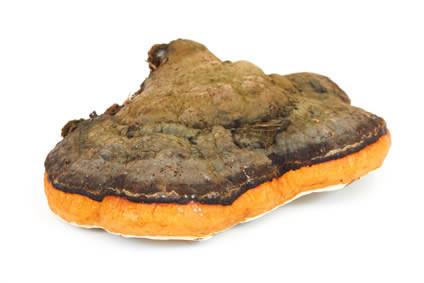 A water-soluble extract of chaga has been shown to have an antioxidant feature in cell culture trials. Experts believe that oxidative nuclear DNA damage over the human life span strongly contributes to age related degeneration and the development of cancers. Scientists at Kyunghee University South Korea examined chaga mushroom effectiveness in protecting cellular DNA. Cells were treated with chaga extract then exposed to oxidative stress. The extract-treated cells had 40 % less DNA mutation compared with the untreated cells.
A water-soluble extract of chaga has been shown to have an antioxidant feature in cell culture trials. Experts believe that oxidative nuclear DNA damage over the human life span strongly contributes to age related degeneration and the development of cancers. Scientists at Kyunghee University South Korea examined chaga mushroom effectiveness in protecting cellular DNA. Cells were treated with chaga extract then exposed to oxidative stress. The extract-treated cells had 40 % less DNA mutation compared with the untreated cells.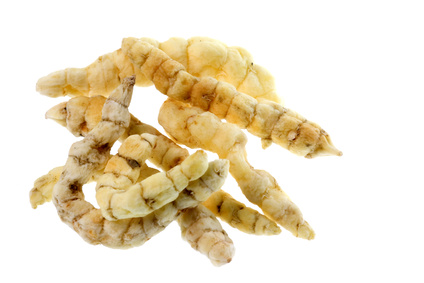 Hepatoprotective properties of cordyceps have been demonstrated in animal models. Studies conducted in patients with active hepatitis and posthepatic cirrhosis reported improvements in liver function tests. Researchers from “Shanghai University of Traditional Chinese Medicine” proposed the use of C. sinensis on
Hepatoprotective properties of cordyceps have been demonstrated in animal models. Studies conducted in patients with active hepatitis and posthepatic cirrhosis reported improvements in liver function tests. Researchers from “Shanghai University of Traditional Chinese Medicine” proposed the use of C. sinensis on 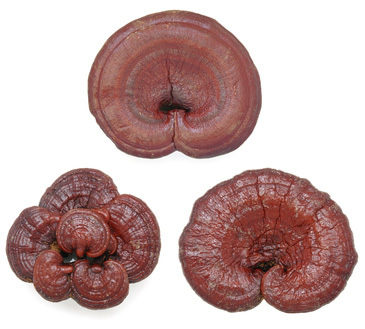 Ganoderma Lucidum enhances liver detoxification. In this way improving liver function and stimulating the regeneration of liver cells. These medicinal mushrooms have the preventive effect on the liver damage which caused by diversity of physical, chemical and biological factors. Is commonly prescribed in China for the treatment of chronic hepatitis. An experimental study of patients suffering from
Ganoderma Lucidum enhances liver detoxification. In this way improving liver function and stimulating the regeneration of liver cells. These medicinal mushrooms have the preventive effect on the liver damage which caused by diversity of physical, chemical and biological factors. Is commonly prescribed in China for the treatment of chronic hepatitis. An experimental study of patients suffering from 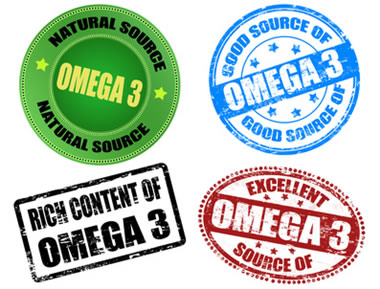 Omega-3’s are long-chain polyunsaturated essential fatty acids that are vital to human health. Essential fatty acids are polyunsaturated fatty acids that the human body needs for metabolic functioning but cannot produce, and therefore has to be acquired from food. Its primary components are
Omega-3’s are long-chain polyunsaturated essential fatty acids that are vital to human health. Essential fatty acids are polyunsaturated fatty acids that the human body needs for metabolic functioning but cannot produce, and therefore has to be acquired from food. Its primary components are 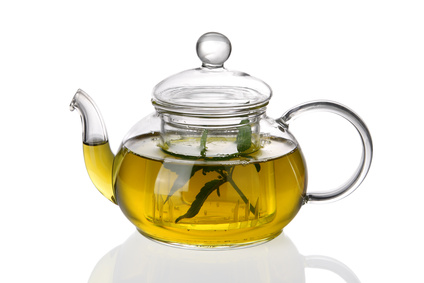 fully fermented. Green tea is not fermented at all. Fermentation may reduce the levels of some compounds, such as antioxidants, in the tea.
fully fermented. Green tea is not fermented at all. Fermentation may reduce the levels of some compounds, such as antioxidants, in the tea.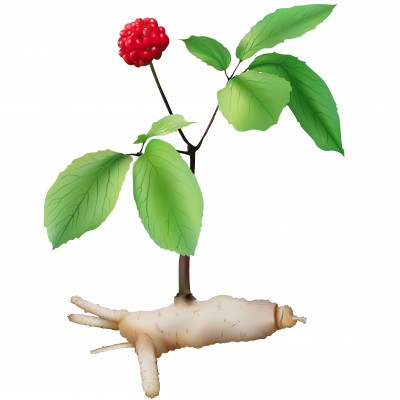 Panax Ginseng (Asian ginseng) is a perennial plant grown in Korea, China, Japan, and Russia. Other types of ginseng include American ginseng and Siberian ginseng. Siberian ginseng or eleuthero is not a true ginseng. (Siberian ginseng is regarded as the “
Panax Ginseng (Asian ginseng) is a perennial plant grown in Korea, China, Japan, and Russia. Other types of ginseng include American ginseng and Siberian ginseng. Siberian ginseng or eleuthero is not a true ginseng. (Siberian ginseng is regarded as the “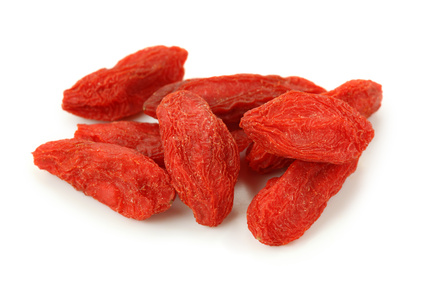 bark play important roles in Traditional Chinese Medicine, where they are believed to enhance immune system function, protect the liver and improve circulation, help eyesight, among other effects. Goji berries contain polysaccharides, glycosides, flavonoids and the carotenoids lycopene, beta-carotene, lutein and zeaxanthin. In 2006, Time Magazine called the goji berry the super fruit of the year, and Dr. Howard Murad called it the most nutrient-dense food on the planet.
bark play important roles in Traditional Chinese Medicine, where they are believed to enhance immune system function, protect the liver and improve circulation, help eyesight, among other effects. Goji berries contain polysaccharides, glycosides, flavonoids and the carotenoids lycopene, beta-carotene, lutein and zeaxanthin. In 2006, Time Magazine called the goji berry the super fruit of the year, and Dr. Howard Murad called it the most nutrient-dense food on the planet. The blueberry is native to North America. Range in size and color and are often sweet tangy or tart. The color of blueberries, from deep blue to purple, is caused by a group of flavonoids known as anthocyanins, which have important antioxidant power. Blueberries contain high amounts of polyphenols than many other fruits. Laboratory experiments suggest that anthocyanins may help to prevent degenerative diseases, including heart disease, cancer, stroke and memory loss.
The blueberry is native to North America. Range in size and color and are often sweet tangy or tart. The color of blueberries, from deep blue to purple, is caused by a group of flavonoids known as anthocyanins, which have important antioxidant power. Blueberries contain high amounts of polyphenols than many other fruits. Laboratory experiments suggest that anthocyanins may help to prevent degenerative diseases, including heart disease, cancer, stroke and memory loss.